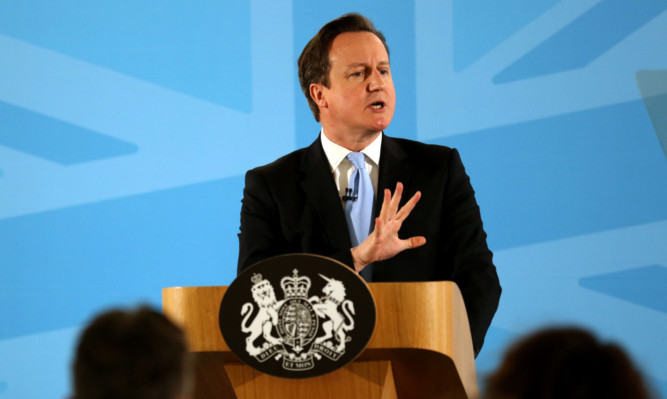David Cameron has been accused of “scaremongering” after it emerged only a small proportion of incomers from new EU states in eastern Europe have claimed unemployment benefits.
The Prime Minister used a keynote speech on immigration to say he will not allow Britain’s welfare system to be a “soft touch” for people from overseas.
He warned immigrants they cannot expect “something for nothing” in the UK, as he set out plans to make it more difficult for them to access benefits, housing and health care.
Public and Commercial Services union general secretary Mark Serwotka described the “scaremongering” speech as “a desperate appeal to the worst extremes of his party” while Habib Rahman, the chief executive of the Joint Council on the Welfare of Immigrants, said it would increase intolerance and hostility towards immigrants.
Labour dismissed the speech as “windy rhetoric”, arguing some of the key employment and housing measures trumpeted by the PM are no different from existing schemes.
Speaking at University Campus Suffolk in Ipswich, the Prime Minister said that the previous Labour government let immigration get “far too high and badly out of control” and allowed the benefits system to become a “soft touch”.
New guidance to be introduced this spring will create a “local residence test” to give local people priority in the waiting list for social housing, after the proportion going to foreign nationals rose from 6.5% to 9% between 2007/08 and 2011/12.
Downing Street said the PM’s plans were compatible with EU law, but a European Commission spokesman said it would have to “scrutinise” any proposals.
